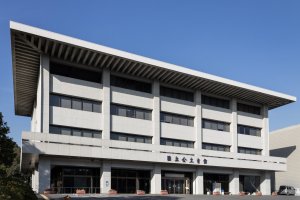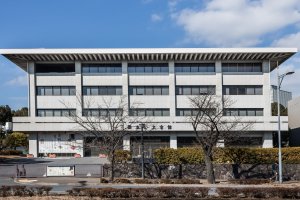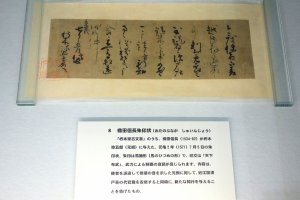Overview
Japan's Important Cultural Property designation helps to recognise and protect the nation's cultural heritage. Part of a series of such protections, the Important Cultural Property is the second highest level of government support that can be awarded and includes a number of different sub-categories. One of these sub-categories is the Calligraphy and Books one and Tokyo is home to three representatives on the list. Here is a simple guide to where Calligraphy and Books designated as an Important Cultural Property can be found in Tokyo.
National Archives of Japan
With a wealth of written materials at its disposal, the National Archives of Japan features three documents considered important enough to be listed as an Important Cultural Property.
One of the works held is the Sohan Kyosokoin, a Song Dynasty rhyme dictionary dating back to the mid-to-late 12th century. Made up of five books, the rhyme dictionary features over 26,000 Chinese characters complete with pronunciation details. Designated as an Important Cultural Property in 1957, they are the only known extant versions of the complete works.
Another series of works awarded Important Cultural Property status in 1957 are the seven books making up the Sohan Yoshosenseishu, a collection of Chinese poems and writings by Huang Tingjian of the late-11th century. One of several recognised masters of calligraphy and poetry, Huang's works here provided the model for Buddhist priests of the great Zen temples of Kyoto.
The third document held by the National Archives of Japan promoted to Important Cultural Property was given its status in 1956. The twelve books of the Sohan Tobashu, a collection of poems and writings by Su Shi, from the late 11th century. Considered to be the oldest extant work of the Su Shi, his writings were studied extensively by priests and monks of the temples of Kyoto from the 14th century.
Location: 3-2 Kitanomaru-koen, Chiyoda-ku, Tokyo 〒102-0091 (nearest station: Takebashi Station, Tozai Line)




























